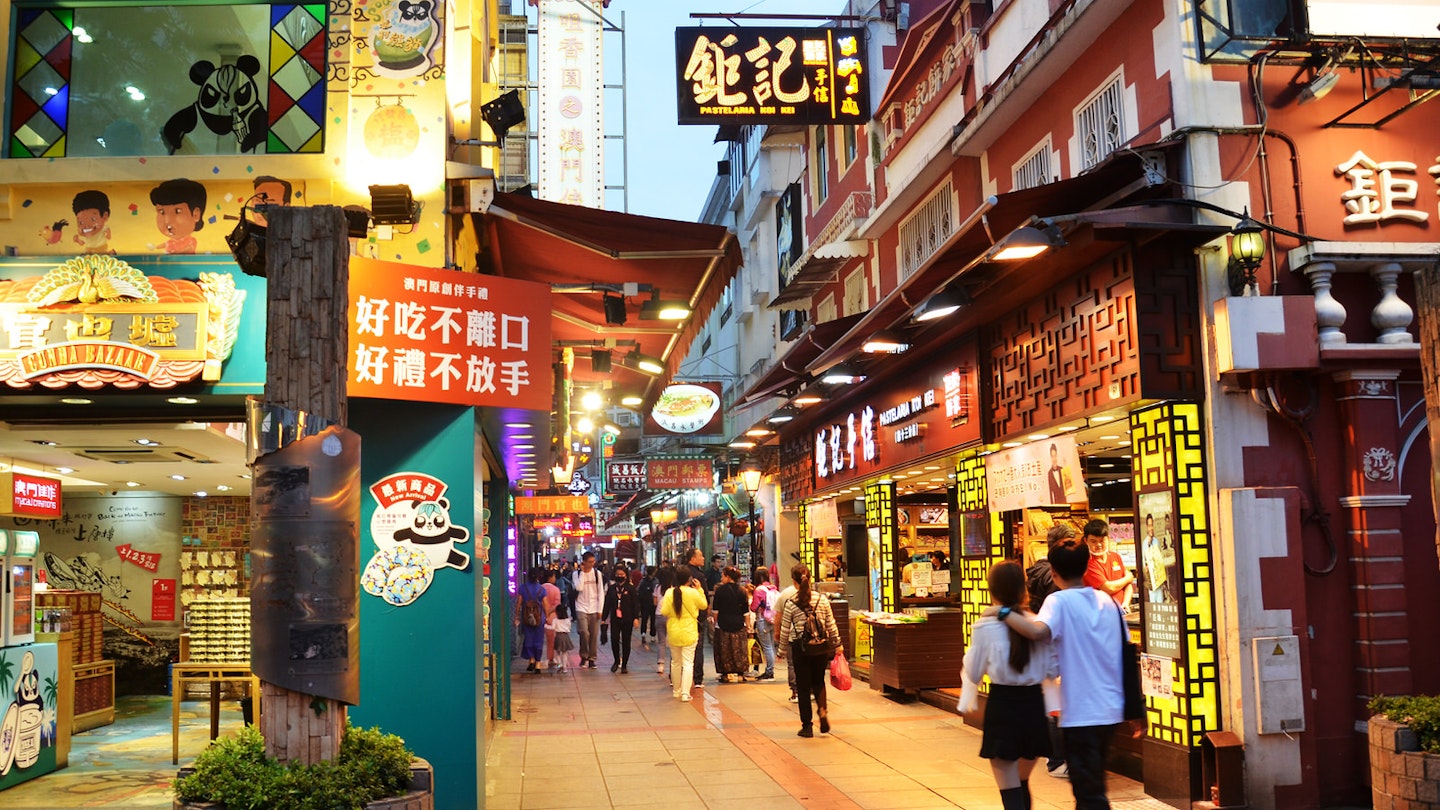Discovering Taipa Village: A Cultural Gem in Macau
Poor old Macau. When this 30.5-square-kilometre region is not overshadowed by its brasher neighbor Hong Kong, it’s often associated with its Vegas-style casino-stuffed Strip.
However, this Special Administrative Region of China was a Portuguese colony for over 400 years. Consequently, it has developed a unique culture that blends European and Chinese values, cuisine, and architecture.
Experience Taipa Village
Nowhere is this unique fusion more evident than in Taipa Village, a charming district on the island of Taipa. Despite rampant development by casino resorts on the nearby Cotai Strip, Taipa has managed to retain its pastel-colored houses, quaint backstreets, and traditional restaurants.
Rooftop Macau
You’ll recognize Rooftop Macau by the crowds of hipsters enjoying the sun on its rooftop terrace. Visitors gather at this stylish boutique to browse printed t-shirts, playful stationery, and unique trinkets. Most importantly, they indulge in tiny drip coffees while enjoying views of Rua do Cunha.
Taipa Village Art Space
Located along the picturesque Rua Dos Clerigos, known for its Instagram-worthy pastel houses, the Taipa Village Art Space anchors the artistic side of the village. This narrow, two-story gallery showcases the work of local and international artists, while also hosting hands-on workshops and classes.
António
The renowned restaurant António, operated by Portuguese chef António Coelho, is a standout establishment in Macau. It is famous for its excellent Portuguese and Macanese dishes, such as fried codfish cakes and classic octopus salad. The blue, white, and yellow-tiled walls create a traditional Lisbon atmosphere, enhanced by weekend live music and occasional sabrage events. If you can’t secure a table at António, consider visiting La Famiglia, which combines Macanese favorites with Italian cuisine.
Rua do Cunha
Unofficially dubbed Macau’s ‘food street’, Rua do Cunha is a pedestrian avenue that runs through Taipa Village. As the name suggests, it’s filled with snack shops, restaurants, and hawkers offering Macanese specialties, including almond cookies, beef jerky, and egg tarts, along with a variety of Chinese dishes.
Must-try eateries along this vibrant street encompass historic Lord Stow’s Bakery, renowned for its delectable egg tarts, and O Santos, a traditional Portuguese restaurant adorned with football memorabilia. A short walk away leads to the O Santos Loja Portuguesa delicatessen, offering a wide selection of Portuguese delights ranging from tinned sardines and olive oil to wine from the Douro Valley.
Avenida da Praia
Situated in the shadow of the massive Venetian and Galaxy casinos is Avenida da Praia, a relaxed, tree-lined boulevard flanked by a large lily pad-covered pond on one side and pastel green Portuguese houses on the other. The houses form part of the Taipa Houses-Museum, which offers insights into life in Macau during the first half of the 20th century. A similar example of mint-green Portuguese architecture can be found at the Museum of Taipa and Coloane History, housing archaeological artifacts and handicrafts showcasing Macau’s history.
Pak Tai Temple
Pak Tai, an emperor believed to withstand fire and flood, is honored in this charming Taoist temple, dating back to 1843. It is filled with incense and located near one of Taipa’s most beautiful squares. For an authentic experience, time your visit with a Chinese opera performance, which occurs on the third day of the third lunar month.
Quarter Square
This three-level design shop and coffee bar, situated on the tranquil Largo Maia de Magalhães, offers a perfect blend of creativity and relaxation in traditional Taipa Village. Known as Quarter Square, it features unique design trinkets and luxurious toiletries. While enjoying excellent coffee, don’t forget to greet the adorable resident French bulldog, Copper.





